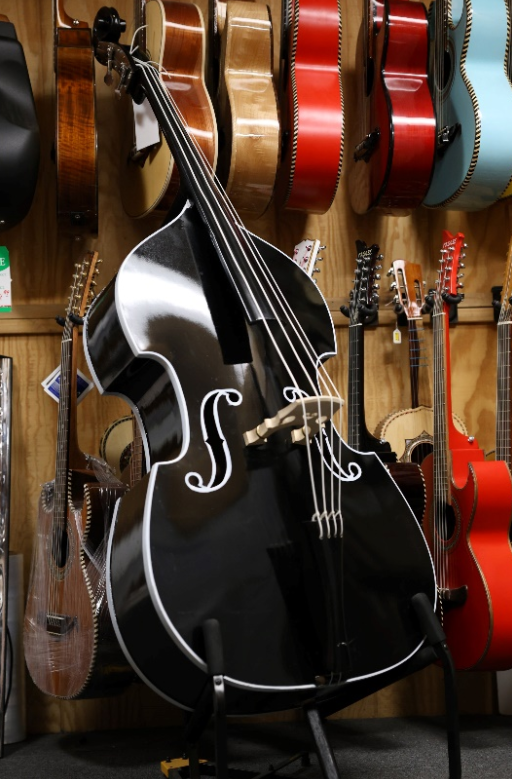The Tololoche, also known as the Toloche, is a traditional Mexican musical instrument that has been an integral part of the country’s rich musical history for centuries. In this article, we will explore the origins and history of the Tololoche, learn how to play it, discover its role in traditional Mexican music, and delve into the fascinating world of musicians who have mastered this unique instrument.
Introduction
The Tololoche is a stringed instrument that belongs to the violin family. It is a large, deep-bodied instrument that is held upright and played with a bow. Its resonant tone and distinctive sound make it a key component of Mexican folk music and regional ensembles.
The history of the Tololoche can be traced back to the indigenous peoples of Mexico. It is believed to have originated from the ancient Mayan and Aztec civilizations, where it was used in religious ceremonies and cultural celebrations. Over time, the instrument evolved and became an integral part of Mexican folklore and traditional music.
One of the unique features of the Tololoche is its construction. It is typically made from a single piece of wood, carefully carved and shaped to create the body of the instrument. The top is usually made from spruce or cedar, while the back and sides are made from maple or mahogany. The neck is attached to the body, and the fingerboard is made from ebony or rosewood.
Playing the Tololoche requires skill and technique. The musician holds the instrument upright, resting it on their lap or against their chest. The bow is drawn across the strings, producing a rich and resonant sound. The player can produce different pitches and tones by pressing the strings against the fingerboard with their fingers.
The Tololoche is not only used as a solo instrument but also as an accompaniment to other traditional Mexican instruments, such as the guitar, trumpet, and accordion. It provides a deep and melodic bassline that adds depth and richness to the music. In regional ensembles, the Tololoche often takes on the role of the rhythmic foundation, providing a steady beat and driving the music forward.
Throughout history, the Tololoche has played a significant role in Mexican culture. It has been passed down from generation to generation, with musicians honing their skills and adding their own unique style to the instrument. Today, the Tololoche continues to be a symbol of Mexican identity and a beloved instrument in traditional music.
The History and Origins of the Tololoche:
The origins of the Tololoche can be traced back to Indigenous cultures in Mexico. It is said to have been derived from ancient Mesoamerican instruments such as the teponaxtle and the huehuetl. These instruments were integral to the spiritual and cultural practices of the Indigenous communities, serving as a means of communication with the divine and a way to express their deepest emotions.
The teponaxtle, a hollowed-out log with slits on the top, was played by striking the slits with mallets to produce resonant tones. The huehuetl, on the other hand, was a large drum made from a hollowed-out tree trunk, covered with animal skin and played with bare hands or sticks. These instruments were not only used for ceremonial purposes but also accompanied dances and storytelling, creating a rich tapestry of sound and narrative.
As time passed, the Tololoche emerged as a distinct instrument, incorporating elements from the teponaxtle and the huehuetl while also embracing new influences. With the arrival of the Spanish conquistadors in the 16th century, European musical traditions began to merge with Indigenous practices, resulting in a fusion of styles and instruments.
During the colonial period, the Tololoche underwent further transformations. It was influenced by the Spanish guitar, which introduced new playing techniques and melodic possibilities. African rhythms and percussion instruments, brought to Mexico through the transatlantic slave trade, also left their mark on the evolving sound of the Tololoche.
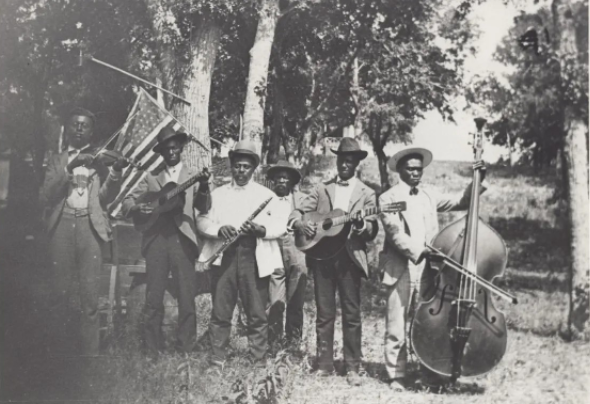
In the past, the Tololoche was primarily played by Indigenous communities during religious ceremonies and festive gatherings. Its deep, resonant tones provided a rhythmic foundation for traditional dances and rituals, inviting participants to connect with their ancestral roots and celebrate their cultural heritage.
However, as time went on, the Tololoche transcended its original cultural boundaries and gained recognition and popularity across Mexico and beyond. It became an integral part of the country’s musical heritage, embraced by musicians from diverse backgrounds who sought to preserve and innovate upon its traditional sounds.
Today, the Tololoche can be heard in various genres of Mexican music, including regional folk, mariachi, and banda. It is often played alongside other instruments such as the guitar, trumpet, and violin, creating a vibrant and dynamic ensemble. Its deep, resonant tones continue to captivate audiences, evoking a sense of nostalgia and pride in Mexican musical traditions.
In conclusion, the Tololoche is not just a musical instrument; it is a living testament to the rich and complex history of Mexico. Its origins in Indigenous cultures, its adaptation to European and African influences, and its continued relevance in contemporary music all contribute to its enduring significance. The Tololoche serves as a bridge between past and present, connecting generations and cultures through the power of sound.
How to Play the Tololoche: A Beginner’s Guide:
Playing the Tololoche, a traditional Mexican bass instrument, requires a combination of technique, practice, and a deep understanding of Mexican musical traditions. The Tololoche, also known as the Mexican bass, is a large instrument that is typically made from a hollowed-out tree trunk and has a rounded back. Its unique shape and construction contribute to its rich and resonant sound.
To start your journey in playing the Tololoche, it is important to learn how to hold the instrument correctly. Due to its size, the Tololoche may require some adjustment for newcomers. The player typically rests the instrument on their lap or between their legs, using a strap or a belt to support its weight. This positioning allows for ease of movement and control while playing.
Mastering the bowing technique is another crucial aspect of playing the Tololoche. The bow, made from horsehair, is used to create sound by drawing it across the strings. It is important to hold the bow correctly, with a relaxed grip and a slight curve. The angle at which the bow is drawn across the strings determines the tone and volume produced.
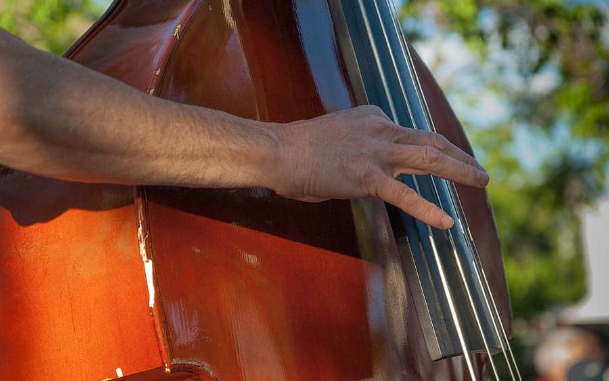
Proper finger placement and coordination are essential for producing clear and resonant tones on the Tololoche. Beginners often start by practicing scales and simple melodies, gradually building their finger strength and dexterity. As you progress, you can explore more complex pieces that showcase the instrument’s versatility and range.
While technical practice is important, it is equally crucial to immerse yourself in the rich musical traditions associated with the Tololoche. Listening to and learning from experienced Tololoche players can provide invaluable insights into the instrument’s nuances and subtleties. By studying the playing styles of renowned musicians, you can develop a genuine understanding of the instrument and incorporate their techniques into your own playing.
Furthermore, exploring the history and cultural significance of the Tololoche can deepen your appreciation for the instrument. The Tololoche has been an integral part of Mexican folk music for centuries, accompanying traditional dances and celebrations. Understanding the cultural context in which the instrument is used can enhance your playing and allow you to connect with the music on a deeper level.
In conclusion, playing the Tololoche requires dedication, patience, and a genuine passion for Mexican musical traditions. By mastering the technique, practicing regularly, and immersing yourself in the rich cultural heritage associated with the instrument, you can embark on a rewarding musical journey that will not only expand your musical skills but also deepen your connection to the vibrant world of Mexican music.
The Role of the Tololoche in Traditional Mexican Music:
The Tololoche plays a vital role in traditional Mexican music, particularly in the genres of Norteña and Sinaloense music. These genres originated in northern Mexico and are characterized by lively rhythms, heartfelt lyrics, and energetic performances.
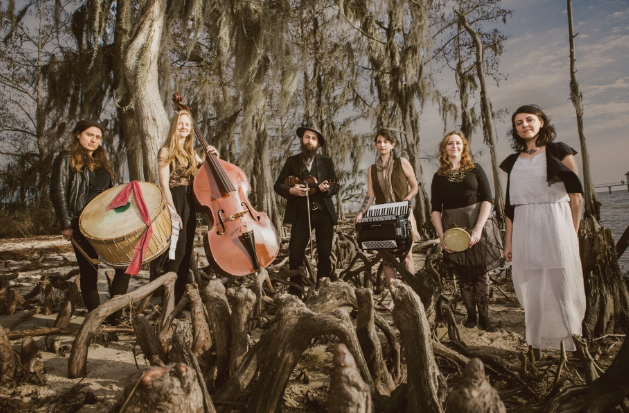
In a typical ensemble, the Tololoche provides the bassline and rhythm, anchoring the melody provided by other instruments such as the accordion and the guitar. Its powerful and melodic sound adds depth and richness to the overall musical texture, contributing to the distinctiveness of these regional styles.
Famous Musicians Who Have Mastered the Tololoche:
Over the years, numerous talented musicians have emerged who have mastered the art of playing the Tololoche. Their skill and dedication have not only propelled traditional Mexican music to new heights but have also brought the instrument into the spotlight.
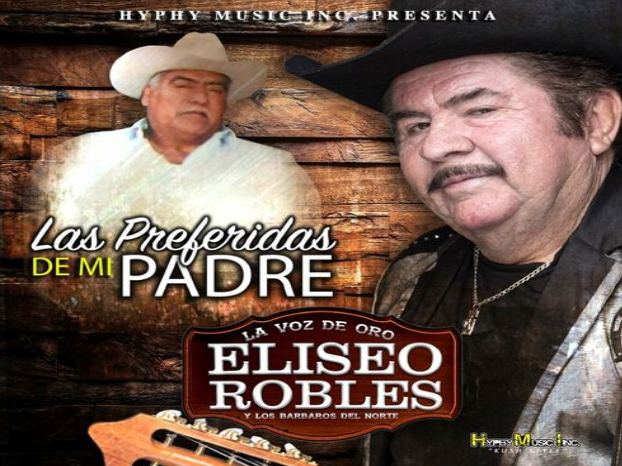
One such musician is Don Cruz Lizarraga, who is considered a pioneer in modernizing Sinaloense music. His intricate and virtuosic Tololoche playing has inspired countless musicians and has become a benchmark for excellence in the genre. Other notable Tololoche players include Celso Piña and Eliseo Robles.
Exploring Different Styles and Genres of Music Featuring the Tololoche:
While the Tololoche is commonly associated with Norteña and Sinaloense music, its versatility allows it to be adapted and incorporated into various styles and genres. Musicians have explored its potential in fusion music, blending it with genres such as jazz, rock, and even classical music.
This experimentation has resulted in unique and captivating performances, showcasing the adaptability of the Tololoche and its ability to transcend musical boundaries. It serves as a testament to the instrument’s enduring appeal and its capacity to evolve with the ever-changing musical landscape.
Also Read This: Bisht: Unraveling the Elegance and Traditional Garment
The Construction and Design of the Tololoche: A Closer Look:
The Tololoche is traditionally handcrafted by skilled artisans using carefully selected types of wood. The body of the instrument is usually made from mahogany or cedar, while the fingerboard and tailpiece are crafted from ebony or rosewood. The strings, typically made from steel or gut, are attached to the tailpiece and secured at the other end by tuning pegs.
The construction process involves precise measurements and meticulous attention to detail to ensure the instrument’s structural integrity and optimal sound quality. Each Tololoche is a unique work of art, reflecting the craftsmanship and artistry of its maker.
Conclusion
The Tololoche continues to captivate audiences with its deep, resonant tones and play a significant role in traditional Mexican music. Its rich history, diverse repertoire, and the skill of its musicians make it a vital part of Mexican cultural heritage. Whether you are a beginner looking to embark on a musical journey or a seasoned musician searching for new sounds, exploring the world of the Tololoche is sure to be a rewarding and enriching experience.
FAQs:
- How many strings does a tololoche have?
Contrabajo Tololoche Double Bass Strings, Selene (Full Set, 4 Strings), Cuerdas para Contrabajo/Tololoche (White).
- What is a string bass called?
double bass. Category: Arts & Culture. Also called: contrabass, string bass, bass, bass viol, bass fiddle, or bull fiddle. French: contrebasse. German: Kontrabass.
- Do bass strings affect tone?
Great bass tone starts with the right string material
Great low-end performance isn’t just about amps, pickups and pedals: it all starts with your bass strings and the metal alloy that gives them their distinct tone.
